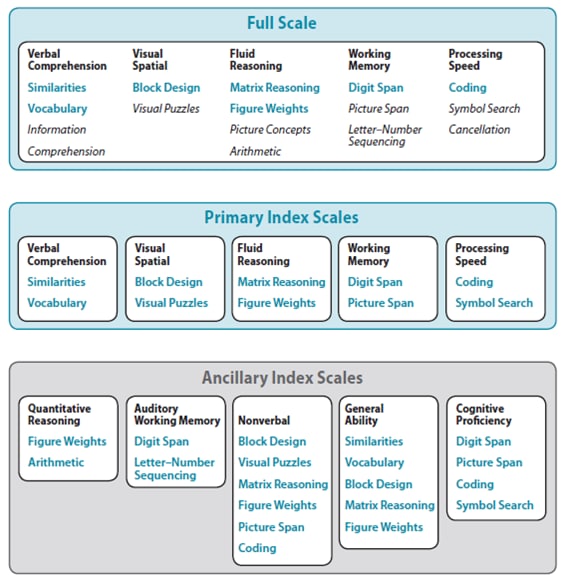

Wechsler Intelligence Scale for Children, Fifth Edition: Australian and New Zealand Standardised Edition
WISC-V A&NZ- Measure a child's intellectual ability
Q-interactive WISC-V A&NZ Processing Speed Kit
9780655796916 Qualification Level CIncludes
Coding and Symbol Search Response Booklet #1 (Pack of 25)
Coding Scoring Template
Symbol Search Scoring Keys
Ordering
Overview
- Publication date:
- 2016
- Completion time:
- Core subtests: 60 minutes
- Administration:
- Individual; Q-interactive - administration and scoring, Q-global scoring and reporting, or manual scoring
- Age range:
- Children aged 6:0 16:11
- Qualification level:
- C
Interested in training for this assessment?Please reach out via link below |
Product Details
|
Introducing the Wechsler Intelligence Scale for Children®–Fifth Edition, the latest version of the most proven trusted cognitive ability measure ever. Available in both a paper-and-pencil format and a digital format on Q-interactive®, the WISC–V delivers more flexibility and more content. It has been redesigned to give you a truly comprehensive picture of a child's abilities and it includes notable improvements to make identifying the issues—and finding the solutions—faster and easier, without sacrificing the Wechsler gold standard of excellence. |
Content & AdministrationThe WISC–V gives you flexibility and interpretive power, along with access to more subtests, so you get a broader view of a child's cognitive abilities. An expanded factor structure provides new and separate visual spatial and fluid reasoning composites for all ages. New Primary SubtestsThree new primary subtests extend the content coverage of the WISC-V and increase its practical application.
Expanded and Updated Factor StructureThe test structure includes new and separate visual spatial and fluid reasoning composites for greater interpretive clarity and a variety of levels of composites for interpretive options. WISC-V Framework
Features & BenefitsMore efficient and user-friendlyThe WISC–V increases construct coverage without increasing testing time. So, you get a more efficient, developmentally appropriate measure– and still have time to assess other domains of interest.
More interpretive power
Updated psychometric properties
Updated studies
Users & ApplicationsPsychologists working in schools, clinics, hospitals, universities and forensics can use the WISC–V for diverse applications such as:
|


